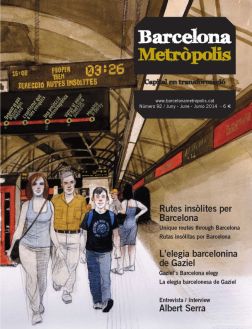With her mezzosoprano voice, Marta Rodrigo dedicates her life to creating music with historical criteria, taking into account the conditions in which it was performed at the time it was composed. Therefore, the instruments are either from the period or are replicas and she thinks about the sound qualities of the historical moment. Rodrigo is a singer who studied in Catalonia, Belgium and Germany and is half of a duo, together with the lute player Andreas Martin.
They recently released an album featuring the work of Ferran Sor, from the Early Romantic period, although their comfort zone is early Renaissance and Baroque music. On Amor en tiempos de guerra. The Spanish Romantic Song, Martin, who specialises in hand plucked string instruments, has used a replica of a Romantic guitar, model by René Lacotte, a copy of Ferran Sor, which, if the sound is softened, perhaps makes it sweeter as the strings are made from gut rather than metal. The album is the result of two years of concerts in Germany, Wales, Canada and Italy, which is why the result is so well rounded.
Rodrigo began his international career as a soloist with the religious polyphonic Currende Consort Chapel, and sang in Belgium, Holland and Estonia. In 2007, he first collaborated with the Collegium Vocale Gent (Flanders) and since then has been a regular member of Bart Vandewege’s La Hispanoflamenca, a Flemish–Spanish group dedicated to the religious polyphony of Charles V. He is also a member of Musica Reservata de Barcelona, a group dedicated exclusively to performing 16th-century religious polyphonic music.
Rodrigo has also dabbled in opera and contemporary music. As he points out, many early music artists play contemporary music at some point because, in early music, the voice is very naked, often a cappella, it involves a lot of polyphony, without vibrato, and therefore is requires extremely precise tuning. It is for this reason that he thinks singers of this type of music are sought to perform contemporary music, because you need to have a really good ear for the intervals found in the new 20th-century aesthetics, in which tonality has been exhausted.
His next projects take him eastwards, where he is keen to discover new audiences and new ways to make music.




